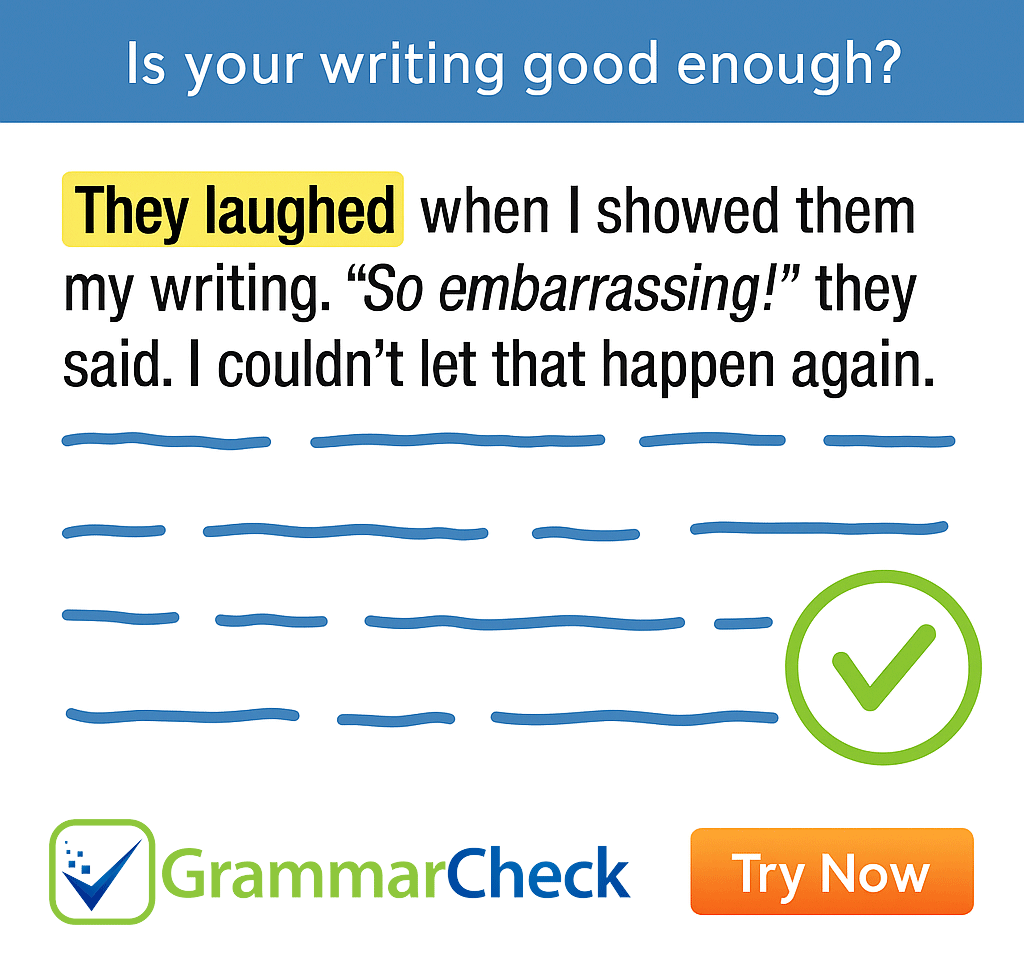Fill in the blanks with an appropriate past perfect or past perfect continuous tense.
1. You …………………………… me any help.
The present perfect tense refers to time up to now.
2. She …………………………….. on that project since January.
The present perfect continuous tense is more appropriate here because it focuses on the idea of continuity. The present perfect tense, on the other hand, focuses on the idea of completion.
3. I ……………………………. working on that project.
The present perfect tense focuses on the idea of completion.
4. She …………………………. six medals.
The present perfect tense focuses on the idea of completion.
5. You look red. Yes, I ……………………………
The present perfect continuous tense is used here because it focuses on the idea of continuity.
6. I …………………………. six letters since morning.
The present perfect tense focuses on the idea of completion.
7. The cat ………………………….. the milk.
The present perfect continuous tense gives the impression that the cat is still drinking. The present perfect tense, on the other hand, suggests that the cat has finished drinking.
8. It …………………………… for hours.
9. The police …………………………… the culprits.
The present perfect tense focuses on the idea of completion.
10. She …………………………………… to hear from her mother.
The present perfect continuous tense is used here because it focuses on the idea of continuity.
11. I …………………………….. Australia a couple of times.
The present perfect tense focuses on the idea of completion.
12. The baby ……………………………. enough.
The present perfect tense focuses on the idea of completion.
Answers
- You have never offered me any help.
- She has been working on that project since January.
- I have finished working on that project.
- She has won six medals.
- You look red. Yes, I have been running.
- I have written six letters since morning.
- The cat has drunk the milk.
- It has been running for hours.
- The police have arrested the culprits.
- She has been anxiously waiting to hear from her mother.
- I have visited Australia a couple of times.
- The baby has slept enough.

